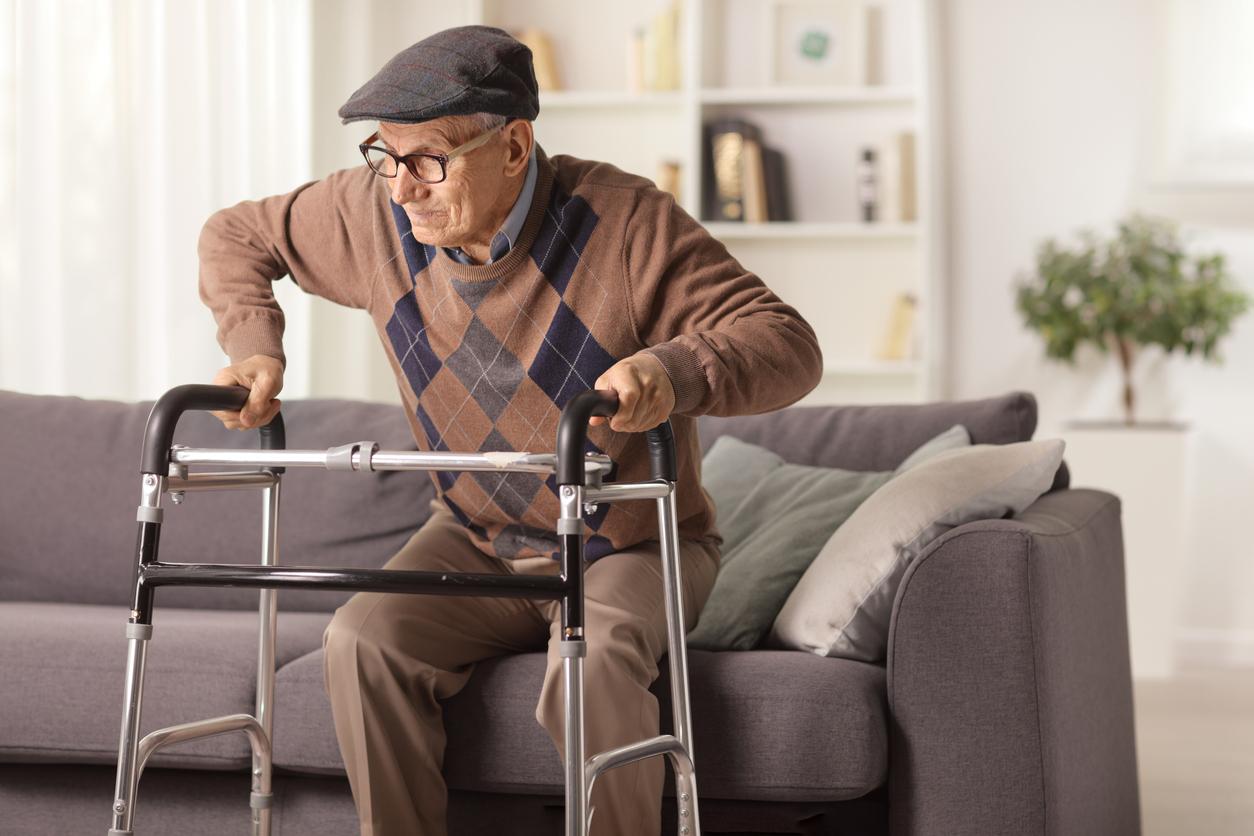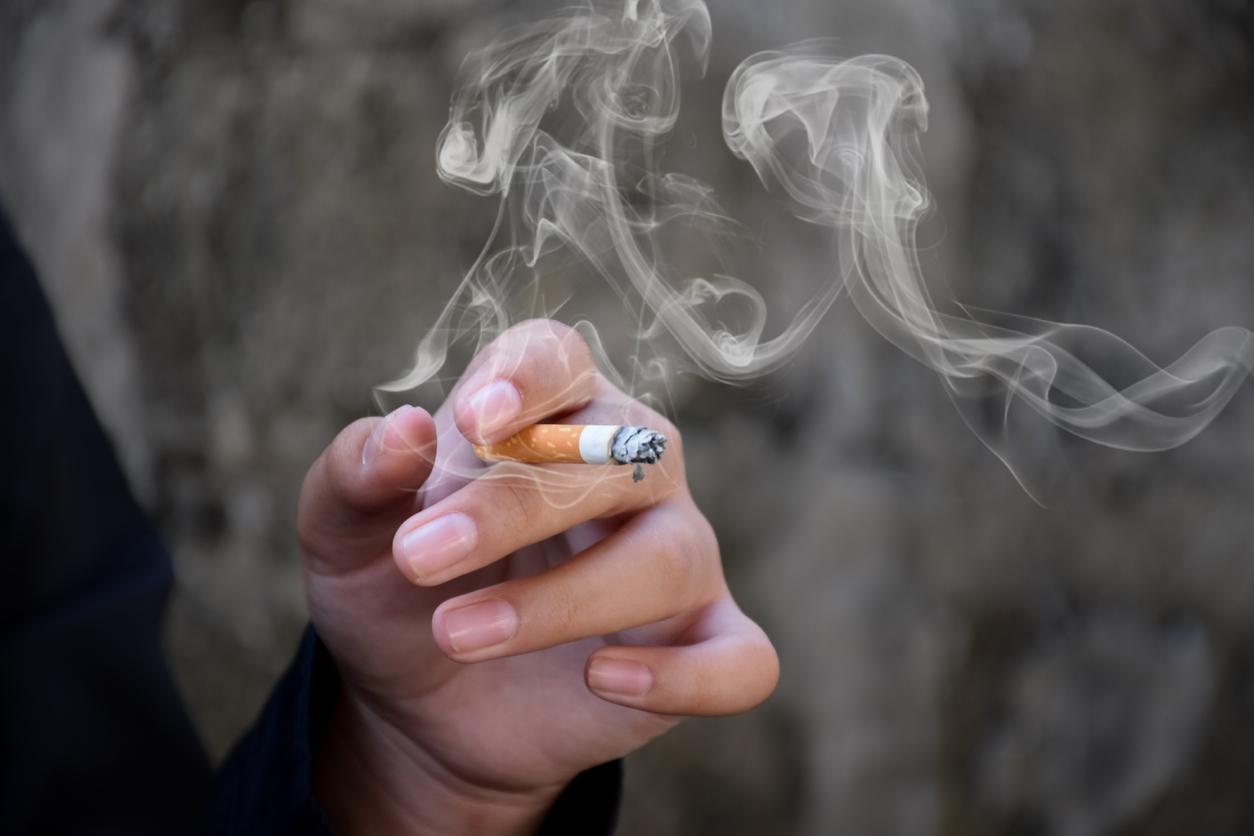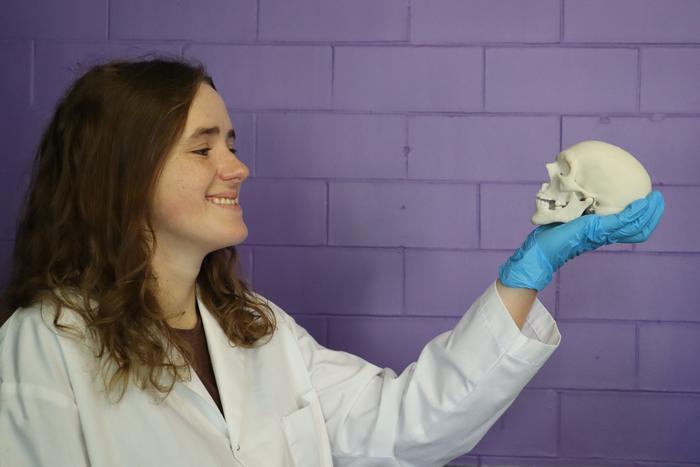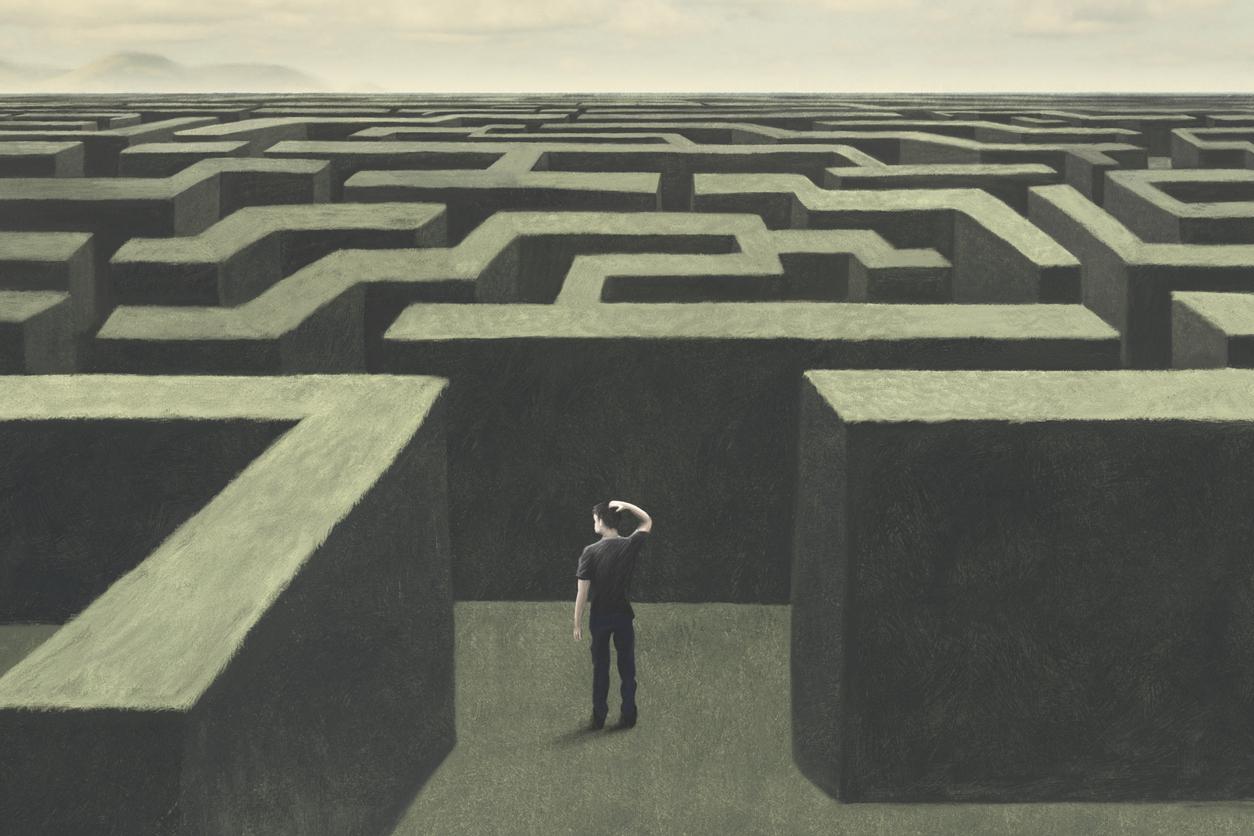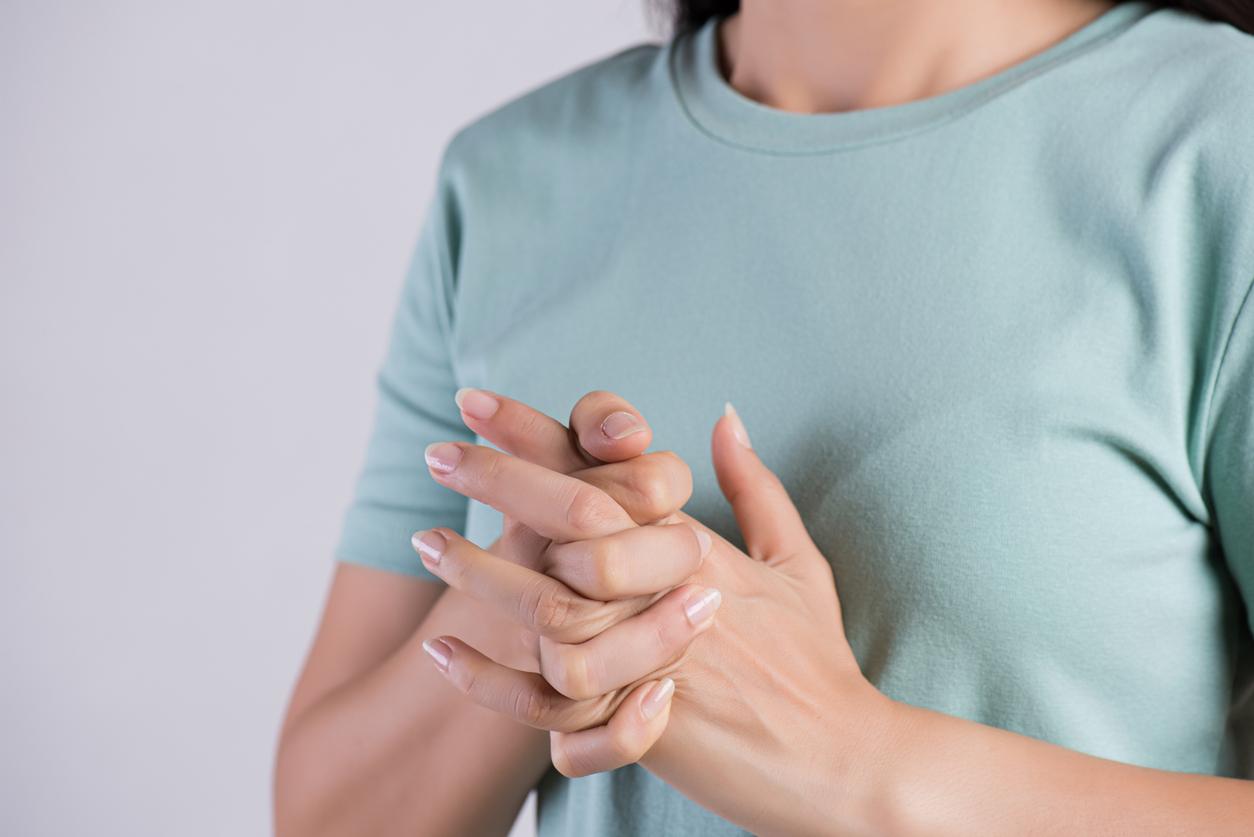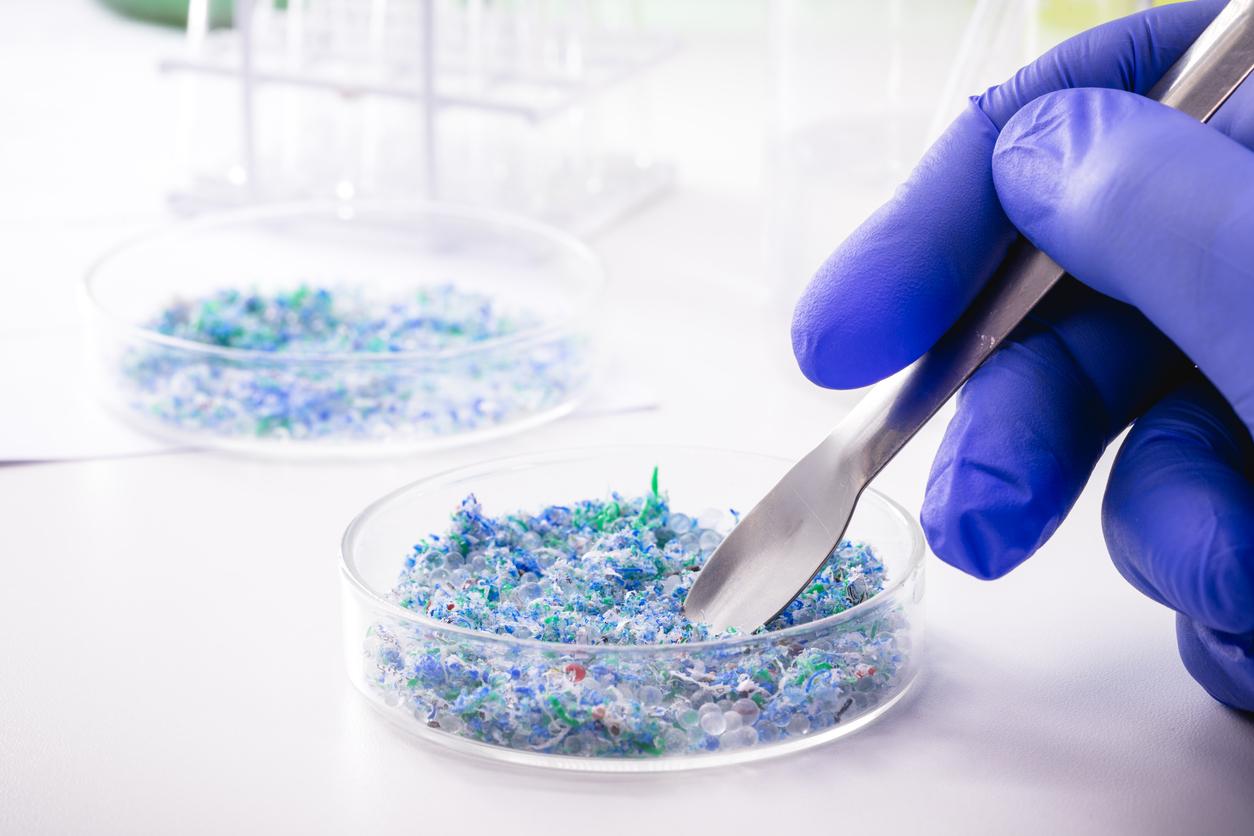Back on Earth since last June, Thomas Pesquet presented the biomedical experiments in which he participated during his mission aboard the ISS.

The International Space Station is an incredible playground for scientists. On each mission, the astronauts sent 400 km above the Earth participate in medical studies aimed at improving their health, but also that of ordinary people.
A large number of experiments carried out by Thomas Pesquet, a French astronaut who went into orbit for 6 months. Back on Earth since last June, the ex-airline pilot presented some of them to the Academy of Sciences on Tuesday, October 10.
Getting old
His blood vessels and his heart, in particular, have been the subject of careful research. Because in space, these organs are victims of accelerated aging. A phenomenon due in large part to microgravity and the decrease in physical activity.
Pr Pierre Boutouyrie, pharmacologist and cardiologist at the Georges-Pompidou European Hospital, was unable to reveal the personal data of the astronaut. On the other hand, he described the first results obtained in the bed rest study bed rest which simulates the effect of microgravity. Between January and April, 10 volunteers agreed to lie down. Ten other participants will take their places this fall.
“In the space of two months, we observe an arterial aging which is of the order of 10 to 15 years, which is absolutely considerable, summarized the researcher. We also observe a change in the structure of the arteries with an increase in the diameter of the carotid artery and a decrease in the diameter of the arteries of the legs which is much greater than what had been anticipated ”.
After being bedridden for 2 months, these volunteers undergo a rehabilitation program. Different countermeasures are tested. The results, still unknown, could direct doctors towards new treatments for cardiovascular diseases.
Irreversible bone loss?
The arterial system is not the only one to drink in space. The bones of astronauts are also damaged by weightlessness. In the course of their mission, the insides of their bones deteriorate. A mechanism close to osteoporosis that interests Laurence Vico, research director at Inserm who works on bone fragility.
Cosmonauts who have left for space pass through its high-resolution scanner several times to assess their bone loss. “And we had some surprises. We observed that non-loadbearing bones, like that of the wrist, which did not show any loss immediately after the flight start to deteriorate 3 months after returning to Earth ”, explained the researcher to Why actor. The phenomenon worries her a lot, to the point that she wonders if it is reversible.
This bone loss could be explained by the fact that, in space, the stem cells of the bone marrow transform more into fat cells than into cells that build bone. A batch of these stem cells would have to be sent into space during the Space X flight to understand the underlying mechanism.
The impact of cosmic rays
But it’s not just microgravity that can explain all of these complications. The share of cosmic or solar radiation is yet to be determined. A task that falls to Dr Nicolas Foray, radiobiologist and Inserm research director.
During their journey in the cosmos, astronauts are exposed to low doses of radiation on a daily basis. Although the radiation absorbed by astronauts on a mission is 5,000 times less than that of a radiotherapy session or 10 to 20 times less than a mammography session, it has an impact on the health of astronauts.
Nicolas Forey, radiobiologist and Inserm research director: “ The radiosensitivity of bone is still poorly understood, but it is believed to be stronger than the skin … “
An effect that varies according to the sensitivity of each. “It’s all about DNA repair. The irradiation will break down the DNA, but if the cells cannot properly repair these mutations, they can become cancerous or die. In the case of cell death, if several cells are affected, the organ can necrose ”, describes the radiobiologist at Why actor.
Thus, exposure to these ionizing rays is suspected to increase the risk of radiation-induced cancer in astronauts. “However, with 500 cosmonauts who have left for space, we cannot yet calculate precisely this increased risk of cancer,” said Nicolas Foray.
The specialist indicates, in addition, that the astronauts have an increased risk of cataracts compared to the common people remained on the floor of the cows. “Maybe wearing glasses would be enough to protect the eyes,” he supposes.
Nicolas Foray : ” For cataracts, it’s different because it’s a liquid … “
At present, research has not found any textiles or treatments capable of protecting astronauts. Should this call into question the conquest of space? And forget about the missions to Mars? “Even if the risk of radiation-induced cancer is confirmed, we will always find a volunteer astronaut for this long journey. But will society agree to send someone, ”wonders the radiobiologist.
An ethical question that seems to be dismissed by the Mars One project, which plans to colonize the red planet from 2023. More than 200,000 people around the world have applied to end their lives at the other end of the solar system.
.







